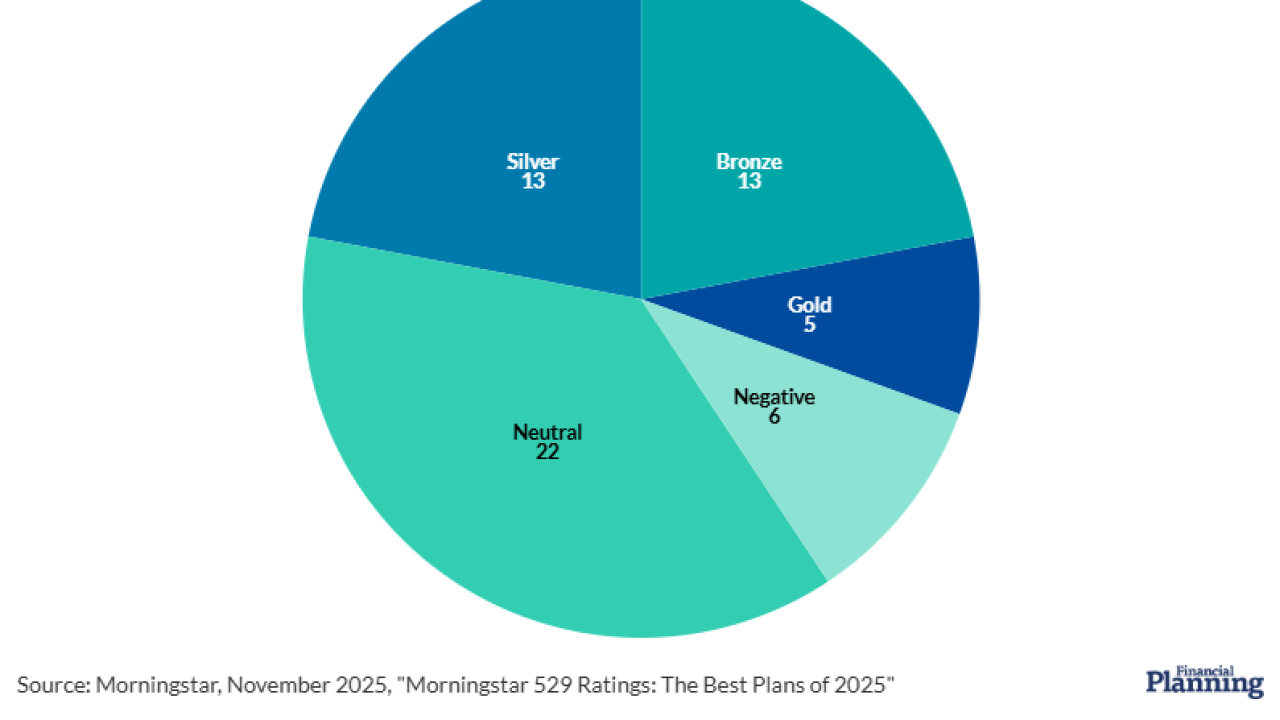How often and how much does your firm think about quality? Every auditor is, by nature, committed to quality. Every firm has final quality control steps built into its production process. However, with the latest AICPA quality management standard, SQMS 1, firms will have to take a more holistic approach to quality.
And with the Dec. 15, 2025, deadline for implementation rapidly approaching, this thinking needs to change quickly.
Under the previous quality standards, firms had to create a quality control document. Most firms drafted these by making a few changes to a one-size-fits-all resource, resulting in a static document that sat on a shelf.
This QCD was dusted off for peer review every three years. As far as we can tell, peer review rarely checks to see if this document is still relevant and whether it has been updated since its creation. Peer reviewers were not required to verify that the firm followed the QCD. The QCD was largely a checkbox on a peer review checklist.
In contrast, SQMS 1 requires firms to develop a dynamic quality management system that must be tailored to every firm. The standards require firms to address eight components to develop a holistic system to proactively improve quality in audit and assurance engagements. The AICPA practice aids warn that a copy-and-paste approach will not work, and we concur with this assessment.
As we have worked with firms over the last two years to help them create a firm-specific QMS, we've noticed a few areas where firms struggle with this project. Our hope with this article is to provide some clarity so firms will have an easier time meeting the upcoming deadline.
A QMS is a system, not a document
One approach we have encountered is finding and replacing the word "document" in their QCD with "management system." The problem with this approach is their QCD was a static set of aspirational policies that were rarely woven into a culture of quality at the firm. They often use vague terms like "periodically" and "timely" for the frequency of evaluating and responding to risk events, and rarely spell out the responses to those risk events.
In contrast, a QMS is a dynamic framework of interacting objectives with policies and procedures to monitor quality and risk events and to remediate problems when they arise. The standards call for ongoing monitoring at regular intervals with root cause analysis and remediation when something goes wrong and results in a risk event.
While monitoring naturally takes place throughout the year, an annual review of the QMS is recommended. When a risk event is identified, either during the year or as a result of the annual monitoring process, the timeframe to carry out root cause analysis and remediation is linked to the risk severity ranking.
Your QMS needs to include a mechanism for tracking risk events. When an event occurs, you will need to perform a root cause analysis. A process we recommend to firms is the "Five Whys" method. First, you describe the issue and ask why that happened. Then, ask why that first event happened. By the time you reach the fifth iteration and the fifth why, you should be able to identify the root cause of the problem, which should guide you to a remediation process that will need to be incorporated into the QMS on a go-forward basis.
Unlike QCDs, which were rarely updated, a QMS needs to be updated at least annually to scale with your firm. Your QMS can be a tool to make your firm better. Some firms are using their newly created QMS as a reason to disengage from poor-fit clients.
A QMS is tailored to your firm
As we have worked with firms to develop their QMS, we've come across QCDs that don't reflect reality at those firms. One firm's QCD stated that bonuses and other compensation would be based on quality work, but there was no mechanism to do so. We noted one firm that had identified issues during their annual inspections over the years, but hadn't taken any action on them or communicated them to the department.
Some QCDs say the firms won't do government audits or employee benefit plan audits, but they did lots of those audits, or vice versa. Another firm said its mission and values were to be posted on a placard throughout the office, but we didn't see that anywhere.
Every firm is different, so every firm needs to create its own specifically tailored QMS that reflects the nature of engagements performed by that firm. As
A QMS is more than words
Most firms find that developing their quality objectives and the accompanying policies, procedures and remediation processes requires a great deal of discussion, wordsmithing and deep thinking to create the documents that serve as their QMS.
Make no mistake, this will be a major undertaking, so if you haven't started by now, you need to start today.
However, it would be a grave mistake to think that once the email with the final document is sent out to the team, the work is complete. Because this is a quality management system, you need to consider how this will change your firm's operations.
- How will this system support the development of a culture of quality?
- What changes will be needed to ensure your firm is fully committed to quality?
- What areas will require additional resources?
- What meetings will need to be scheduled to review risk events, and how often do these meetings need to happen?
- What will be the process for reviewing and updating your QMS?
These are just a few questions you will need to consider so quality becomes an everyday consideration, not simply a step for the QA person.
Quality is not the only goal
While the emphasis for firms this year is on quality, this is only one of the three sides of an equilateral triangle that creates stable and successful firms. The other two sides are client service and profitability. Without balance on all three sides, firms struggle.
You can have the best QMS system in the world, but have so much bureaucracy that it slows the system down, so you lose clients and endanger profitability. You could put so much attention on keeping clients happy that you jeopardize profitability and quality. Or you might push profitability to the point of making clients unhappy and skimping on quality.
The best QMS system operates smoothly and identifies issues quickly while enabling you to focus on what you're best at. It supports providing value to your clients, which allows the firm to be profitable.





